
Natadera Temple in Komatsu is a temple with a lot of attractions, including the thousand-armed Kannon in a cave, the oddly-shaped rock named Kigan Yusenkyo which look like a watercolor landscape painting, and the main temple which is considered an important cultural asset. In 2015, the Michelin Green Guide Japan - a French travel guidebook - gave the temple one star, thus raising a wave of interest. We will introduce some of the history and highlights of Natadera Temple in this article.
About Natadera Temple
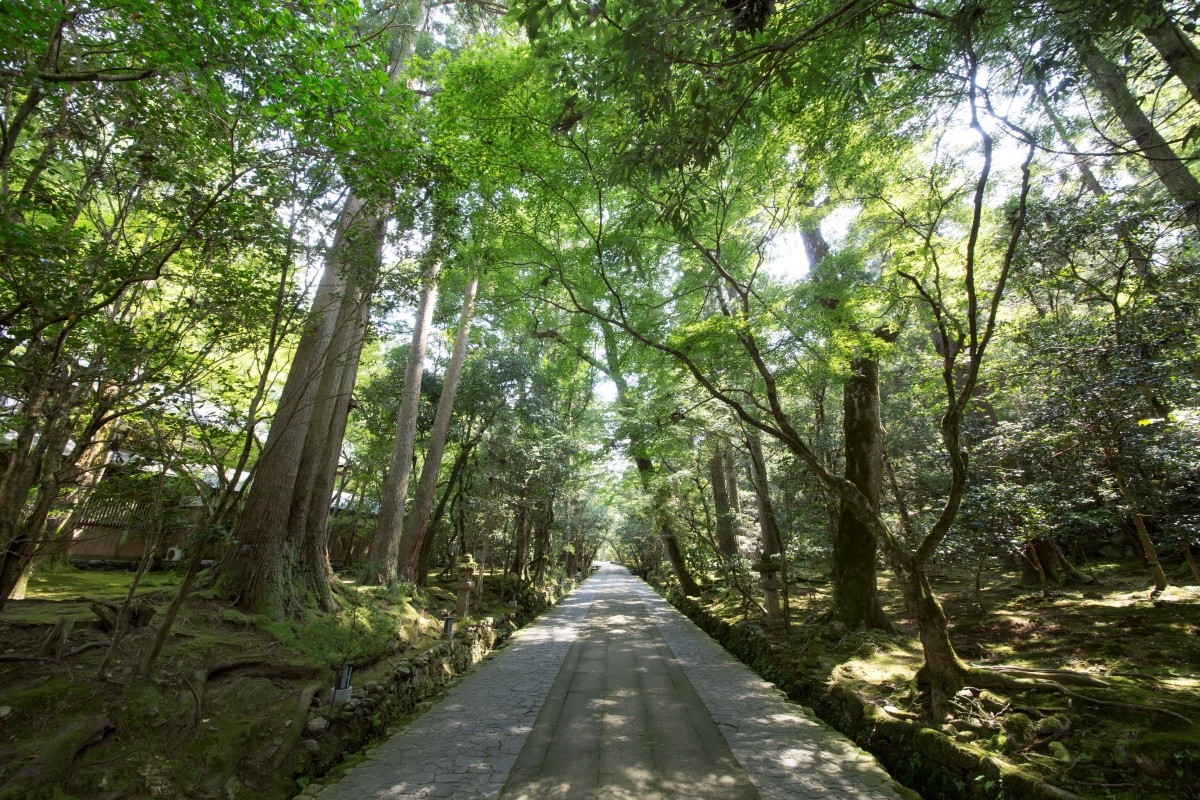
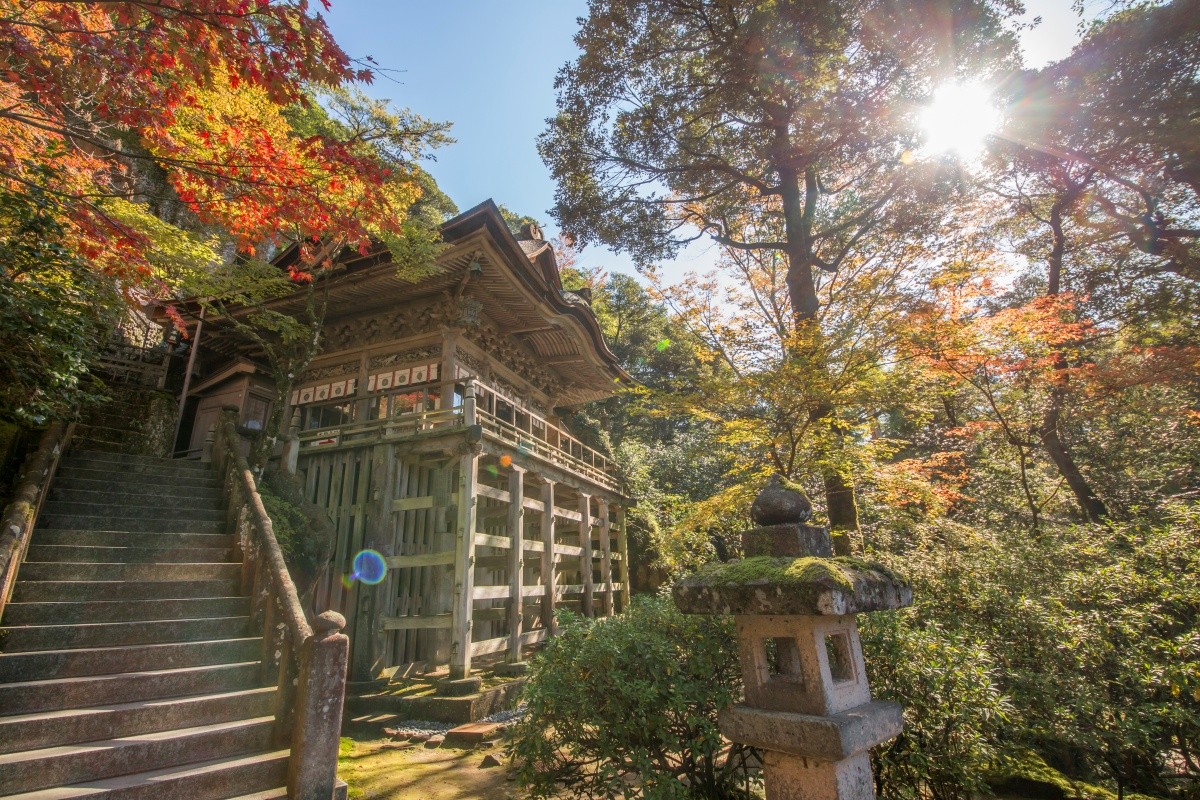
Legend has it that in the first Yoro year (717), the high monk Taicho carved a thousand-armed Kannon that he saw in a dream, and enshrined it in a cave, thus founding Natadera Temple. Although the main temple was almost destroyed by fire from rebels such as the Jodo Shinshu Buddhist uprising during the Middle Ages, Maeda Toshitsune, the feudal lord at the time, had the temple rebuilt. Seven buildings of the temple have been recognized as important cultural properties, including the main hall (the shrine, gate, and worship hall), the reception room, the three-story pagoda, the Gomado blessing hall, and the bell tower. The other two properties, the Kigan Yusenkyo rock and the Kuri Garden, have also been recognized as national scenic spots.
Highlights of Natadera Temple
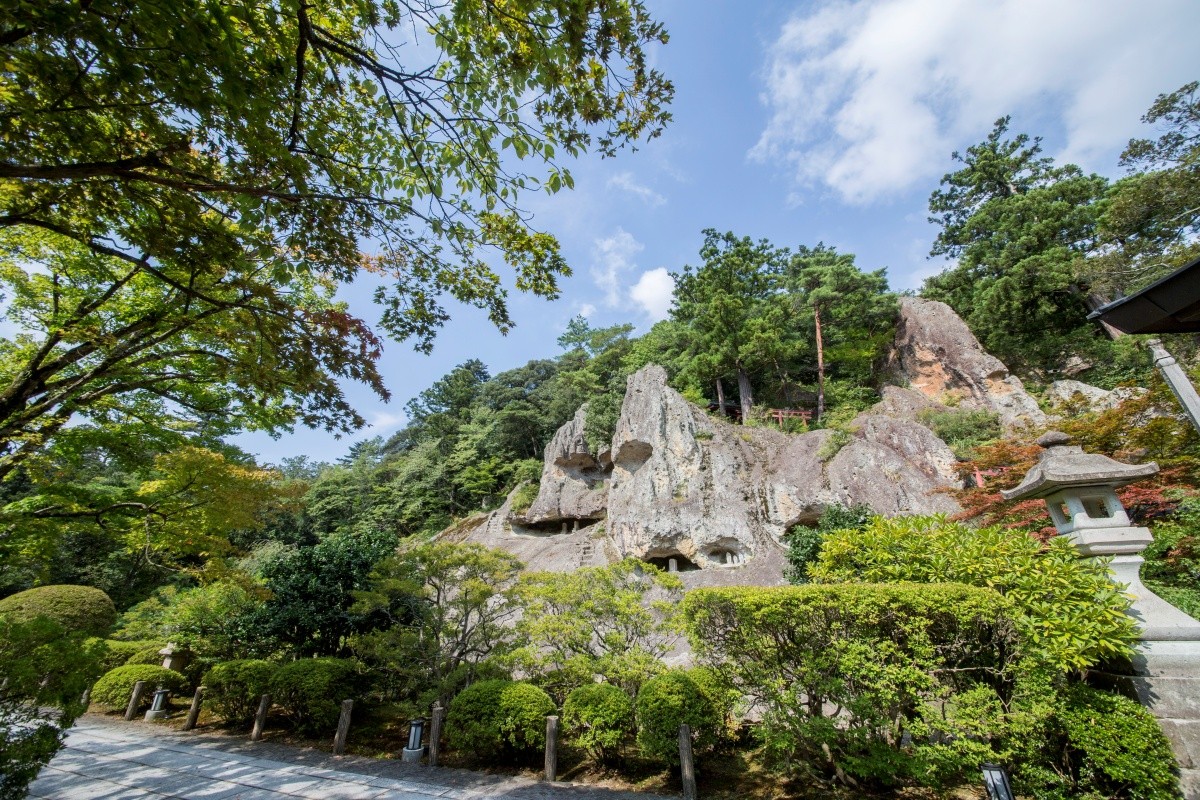
One highlight is the oddly-shaped rock named Kigan Yusenkyo. The sheet of bare rock which doesn't look like it should be in a temple's grounds is formed due to an ancient volcanic eruption on the sea floor. In the middle is a scarlet Torii gate dedicated to the Inari god - the god of rice, the protector of food, and bringer of prosperity. (Currently, entry is prohibited to the rock formation area, for safety and preservation reasons.)

The wooden main hall is also worth noticing. Known as the Daihikaku Hall, it has carved panels above the doors on all four sides, created by the famous Kaga clan carpenter, Yamagami Zenemon. Among these carvings is the eleven-faced, thousand-armed Kannon, the main deity of the temple.
The hall is also connected to a large cave in the mountain. You can go into the cave that has the shape of a mother's womb, walk the circuit, pray, and come out again, reborn and free of sin.
The Four Seasons of Natadera Temple
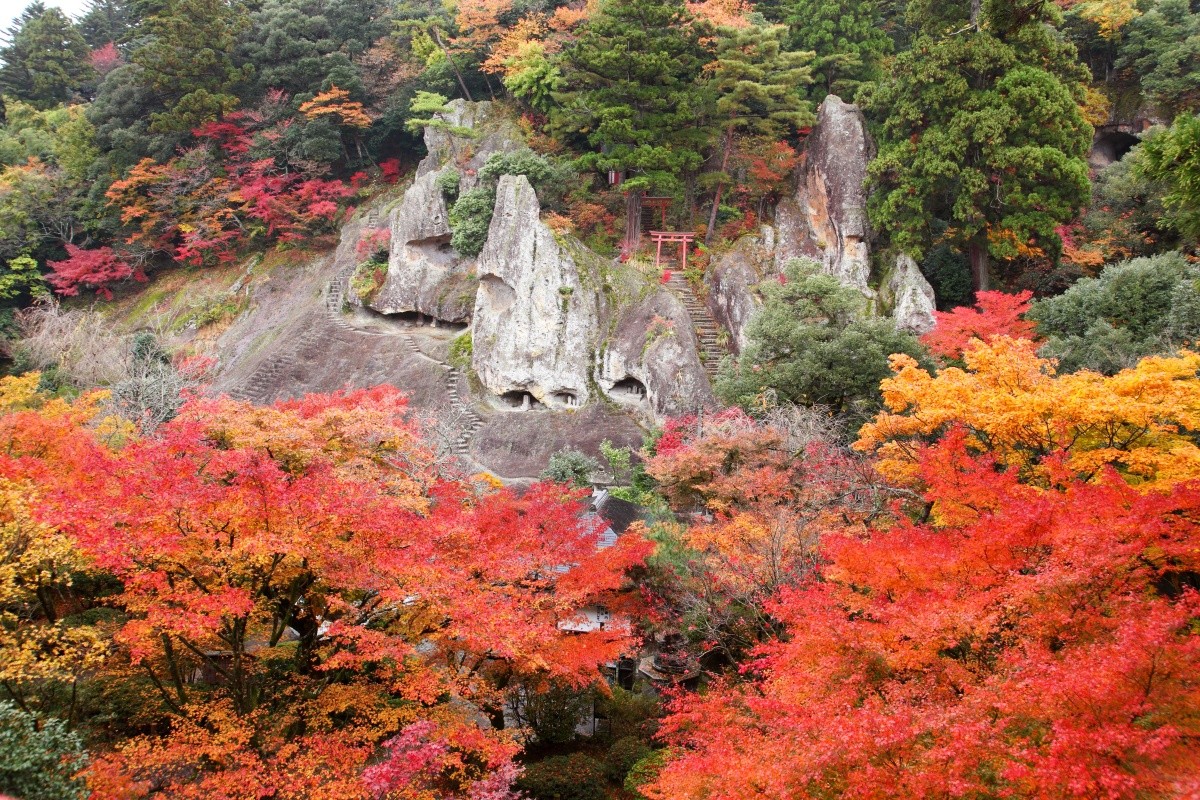
You can see the changing foliage of four seasons in the temple. In the spring, there are cherry blossoms and narcissus, early summer brings hydrangeas, and fall has the red leaves. The fall leaves here is one of the best scenes in Ishikawa Prefecture. The vision of the white Kigan Yusenkyo rock among the red leaves is spectacularly beautiful. You can view the whole area from the Chinju shrine on the observation platform. The best time to see the leaves is usually in November.
Access to Natadera Temple
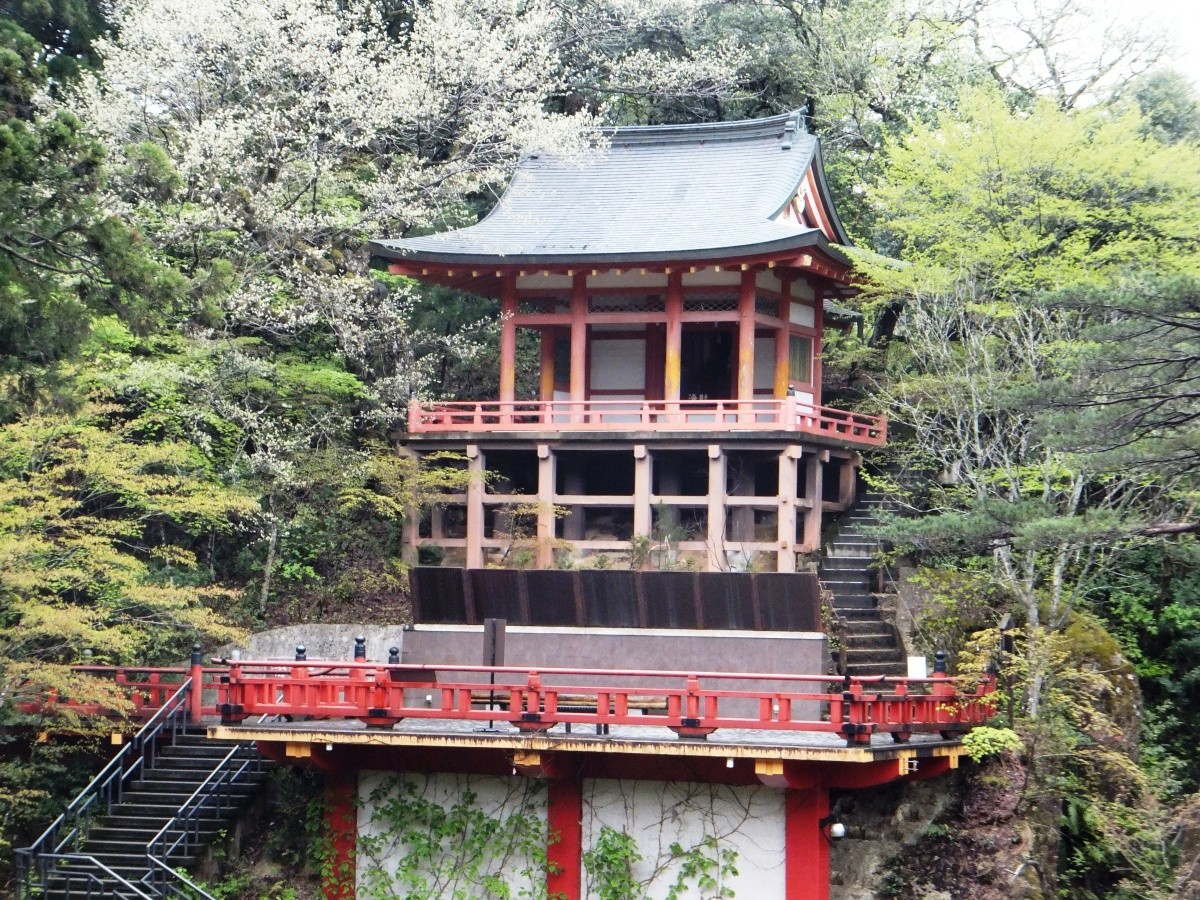
From JR Hokuriku Main Line Awazu Station
Take the Komatsu Bus "Awazu A-Rosen Natadera-yuki" for about 15 minutes, get off at the "Natadera" bus stop. Or it's about 10 minutes by taxi.
From JR Hokuriku Main Line Komatsu Station
Take the Komatsu Bus "Awazu A-Rosen Natadera-yuki" bus for about 40 minutes. Get off at the "Natadera" bus stop. Or about 30 minutes by taxi.
Spot Information
- Spot name: Natadera Temple
- Street Address: 122 Yu, Nata-machi, Komatsu-shi, Ishikawa-ken 〒923-0336
- Access: Take the bus from the train station and get off at the "Natadera" bus stop
- Wi-Fi: Free Wi-Fi available only around the temple gate
- Language: Official website available in English, French, Traditional Chinese, and Thai
- Ticket: 600 yen (Reception hall and garden + 200 yen)
- Business hours:
- Summer season (3/1~11/30): 8:30-16:45
- Winter season (12/1~2/2): 8:45-16:30
- Holidays: Open year round


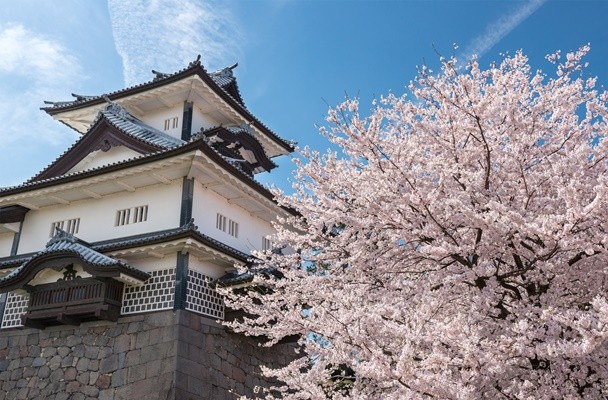
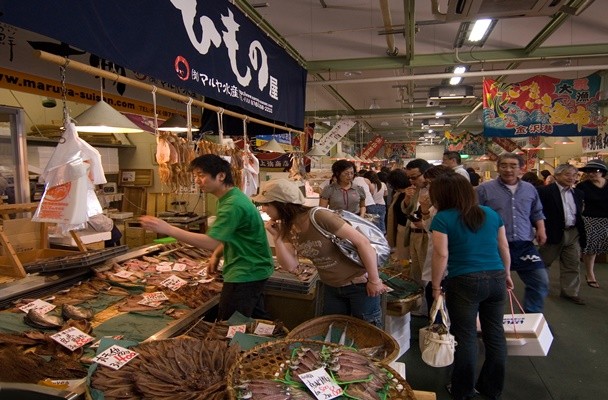
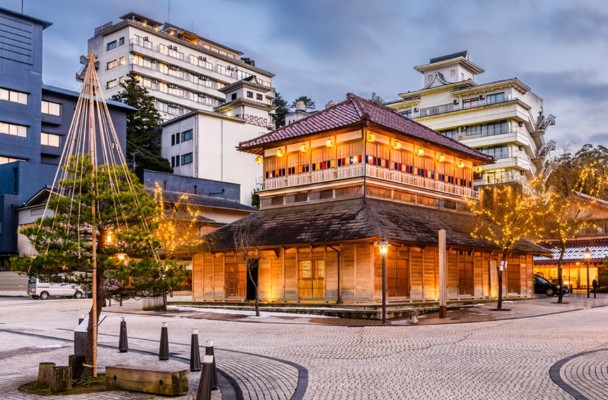

Comments